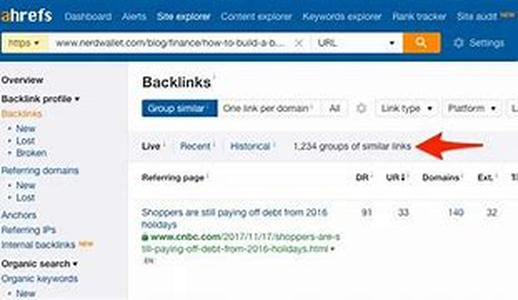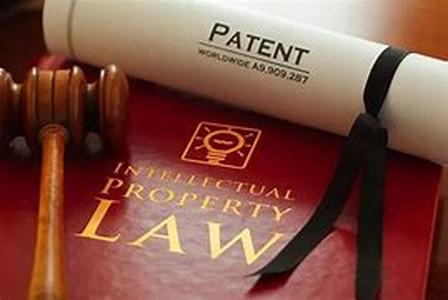
KWD: 10415 2.40Obtaining A PatentA Patent Is A Grant Issued By The U.S. Government Giving Inventors The Right To Exclude All Others From Making, Using, Or Selling Their Inventions Within The United States, Its Territories, And Possessions. Obtaining A Patent On Your Own Is Not Impossible But It May Take Some Time. A Patent Is A Grant Of A "bundle Of Rights", Specifically The Rights To Prevent Others From 1. Making;2. Using;3. Selling; Or 4. Offering For Sale The Patented Invention. The Process Of Obtaining A Patent Can Be Complex, And The Patent And Trademark Office Cannot Assist In The Preparation Of Application Papers. Applicants Are Often Advised To Engage The Services Of A Patent Attorney Or Agent On Obtaining A Patent On Invention. One Thing To Remember On Obtaining A Patent Is That The Basic Fee For Filing An Application For Patent Ranges From 160 To 770, Depending On The Type Of Patent Application Being Filed And Whether Or Not The Applicant Is Entitled To Status As A Small Entity (independent Inventor, Small Business Concern, Or Non-profit Organization). Another Factor On Obtaining A Patent Is That The Issue Fees Range From 220 To 1,290. Maintenance Fees Are Due At 3.5, 7.5, And 11.5 Years From The Date The Patent Is Granted. An Individual Inventor Can Expect To Pay A Minimum Of 4,000 For A Utility Patent. Applications Are Assigned To Examiners Who Are Experts In Obtaining A Patent And Its Various Fields Of Technology. The Invention Must Be New, Useful, And Unobvious To Those In That Particular Field Of Study. The Procedure On Obtaining A Patent Normally Takes About 19 Months.Obtaining A Patent Requires That The Inventor Should File A Patent Application. In Obtaining A Patent The Application Must Contain: (1) A Written Description Of The Invention; And (2) Claims Particularly Pointing Out And Distinctly Claiming The Invention. 1. The Description Is Just A Detailed Account Of The Structure, Operation, And Function Of The Invention, Written In Such Terms As To "enable Any Person Skilled In The Art O Make And Use" The Invention. The Description Must Also Set Forth The "best Mode Contemplated By The Inventor Of Carrying Out His Invention."2. The Claims Define The "metes And Bounds" Of The Intellectual Property And Must Be Carefully Drafted To Avoid The Teachings Of The Prior Art While Providing Maximum Legal Protection For The Invention. As The Legal Definition Of The Invention, The Claims Are Also Key To Answering Questions Regarding Infringement.





